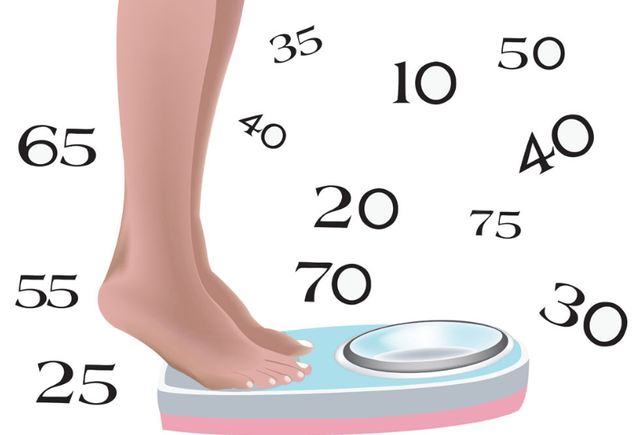Body management is a very popular concept nowadays, and it is also an attitude towards life. Loving beauty is the nature of women. Not only should they pay attention to their inner cultivation, but women’s demands for their external image are also increasing. For women, body management may be a lifelong matter.
However, many times we tend to unilaterally interpret a good body as being thin; that is, thin = good body. But in reality, this viewpoint is not entirely correct. Being underweight, as thin as a rake, is not only unattractive but also unhealthy. Of course, being overweight also poses various health risks. Therefore, whether you are thin or fat, as long as it is moderate, it’s good.
So how should we measure whether someone is fat or thin among the middle-aged and elderly over 50 years old? According to what standards should we manage the body?
Actually, to measure whether a person’s weight is standard, the Body Mass Index (BMI) should be the most authoritative and referenceable. BMI is an internationally used standard to measure the degree of fatness and health of the body.
Its formula is as follows: Body Mass Index (BMI) = Weight (kg) ÷ Height^2 (m)
BMI is an indicator closely related to the total body fat content, and it has a close relationship with an individual’s height. For example: a person’s height is 1.75 meters, weight 68 kilograms, their BMI = 68 / (1.75*1.75) = 22.2 (kg/m^2), when the BMI is between 18.5 and 23.9, it is considered normal. And if a person is 1.5 meters tall and weighs 68 kilograms as well, their BMI = 68 / (1.5*1.5) = 30.2, when the BMI is ≥30, it is classified as severe obesity.
Therefore, in life, we should not solely judge a person’s weight by their body weight; we should also consider their height and BMI index to assist in judging and comprehensively analyze an individual’s physical condition. As long as the BMI is within the normal range, it means that your weight is perfectly fine, and there is no need for excessive dieting.
Many people tend to neglect body management after the age of 50, but in fact, the older one gets, the more attention they should pay to changes in weight because weight can reflect our health status. So, after the age of 50, is it better to be a little fat or a little thin?
Being too thin is not conducive to good health.
Fat is also an indispensable part of the body; it can help store energy, maintain the body’s normal physiological metabolism, and in addition, help the body regulate temperature in cold weather, as well as cushion external impacts to protect the bones. If one is too thin, the amount of body fat will be too low, leading to insufficient stored energy and affecting the body’s metabolism. Therefore, thin individuals are prone to symptoms such as anemia, low blood pressure, and hypoglycemia.
Being slightly chubby is healthier.
Understanding the role of fat in health, middle-aged and elderly individuals over 50 are actually relatively healthy in a slightly chubby state. However, excessive obesity can also have disadvantages and lead to conditions such as high blood pressure and high blood lipid levels. Therefore, for one’s health, it is important to be attentive to body weight.
For middle-aged and elderly individuals over 50 who want to maintain a moderately balanced weight, they should adopt the correct methods. They can engage in more physical activities to improve their physical condition through exercise and pay attention to adjusting their dietary structure. Additionally, they should focus on consuming more protein and vitamins while minimizing oily, salty, and sugary foods.


